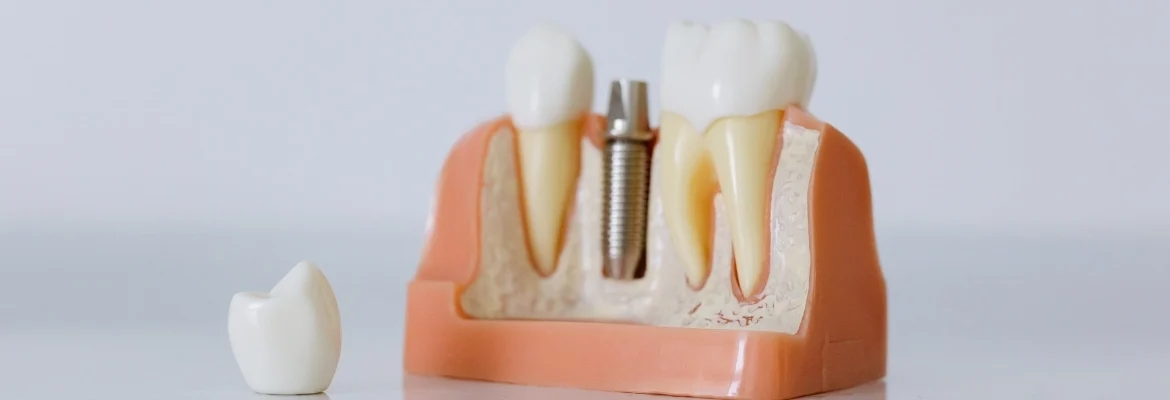
Dental implants are frequently used to replace single teeth, however, they can also be used to replace several teeth. Cantilever bridges, implant-supported partials, and implant-supported bridges are a few options for replacing missing teeth.
Solutions for People Missing Several Teeth Using Dental Implants
Dental implant Dentists may install a single implant to support two neighbouring teeth, depending on the health of a person’s gums and jawbone. Additionally, several implants aid in securing fixed bridges or removable partials.
Are Implants Safe for Multiple Missing Teeth?
Receiving dental implants is a multi-stage process that begins with an assessment to see if the patient is a good candidate for the procedure. The following step after an investigation is to replace, fix, or remove any damaged dental structures from the mouth. In order to build the new teeth for the dental laboratory to fabricate the prosthesis, the dentists treat the patient utilising 3D digital x-rays and impressions.
The placement of one or more dental implants below the gum line follows Osseointegration, the process by which dental implants join the jawbone, takes three to six months. This procedure offers sufficient support for a bridge or is partly supported by implants. The patient can eventually go back and choose from a variety of partials or bridges in for tooth replacement.
What Replacement Options Are There for Multiple Tooth Loss?
There is a chance to use one dental implant with an additional tooth suspended from it if you need to replace two nearby teeth. If your teeth are not close to one another, two dental implants may be required in their place. A cantilever bridge is suitable for your scenario in such circumstances.
Bridges Supported by Implants

Two or more teeth in the same arch can be replaced with the aid of an implant-supported bridge. The process comprises inserting many implants that will act as the bridge’s anchors. Compared to conventional fixed bridges, implant-supported bridges provide a number of advantages.
Bridges supported by implants might be more stable, enduring, and comfortable for you while producing no gum discomfort. This particular location does not rely on the support of the adjacent natural teeth. To preserve the preservation of your jawbone, the implants work as fake tooth roots. Due to the absence of severe jawbone degeneration, implant-supported bridges aid in maintaining function and look. The bridges also eliminate the need for adhesives to keep them in place when sleeping and do not need to be removed for cleaning.
Bridges function similarly to implant-supported bridges, with the exception that they can be easily repaired. In comparison to a fixed bridge, implant-supported partials may be a more comfortable option for you if you’re switching from standard partial dentures. For instance, let’s say you often clench and grind your teeth at night. They work well as replacements if you have several missing teeth.
Dental Innovations Have Permanently Changed Teeth Replacement Options

Dentistry has made it possible to replace one or more teeth with a variety of modern options, unlike in the past when you had to make do with dentures if you lost one or more teeth. Instead of moving or shifting in your mouth like traditional dentures, the replacement options look and work like your natural teeth.
Dental implants are regarded as the gold standard for restoring lost teeth and function, depending on the demands of the patients. For instance, if you need to replace three or more teeth consecutively, you just need two dental implants to do it. To support dental crowns, the dentist who is treating you may place one implant at each end of the gap. One to three points are supported by the dental crowns, allowing you to replace five teeth with just two dental implants.
You don’t have to worry that you’ll need more implants if you’re missing every tooth in your upper or lower jaw if you want your teeth to look natural. Instead, by inserting dental implants in your jaw at key points to support a full arch of teeth, dentists provide a novel method. Whether you are missing one tooth or several, the dental implant process may be the best option for you.

